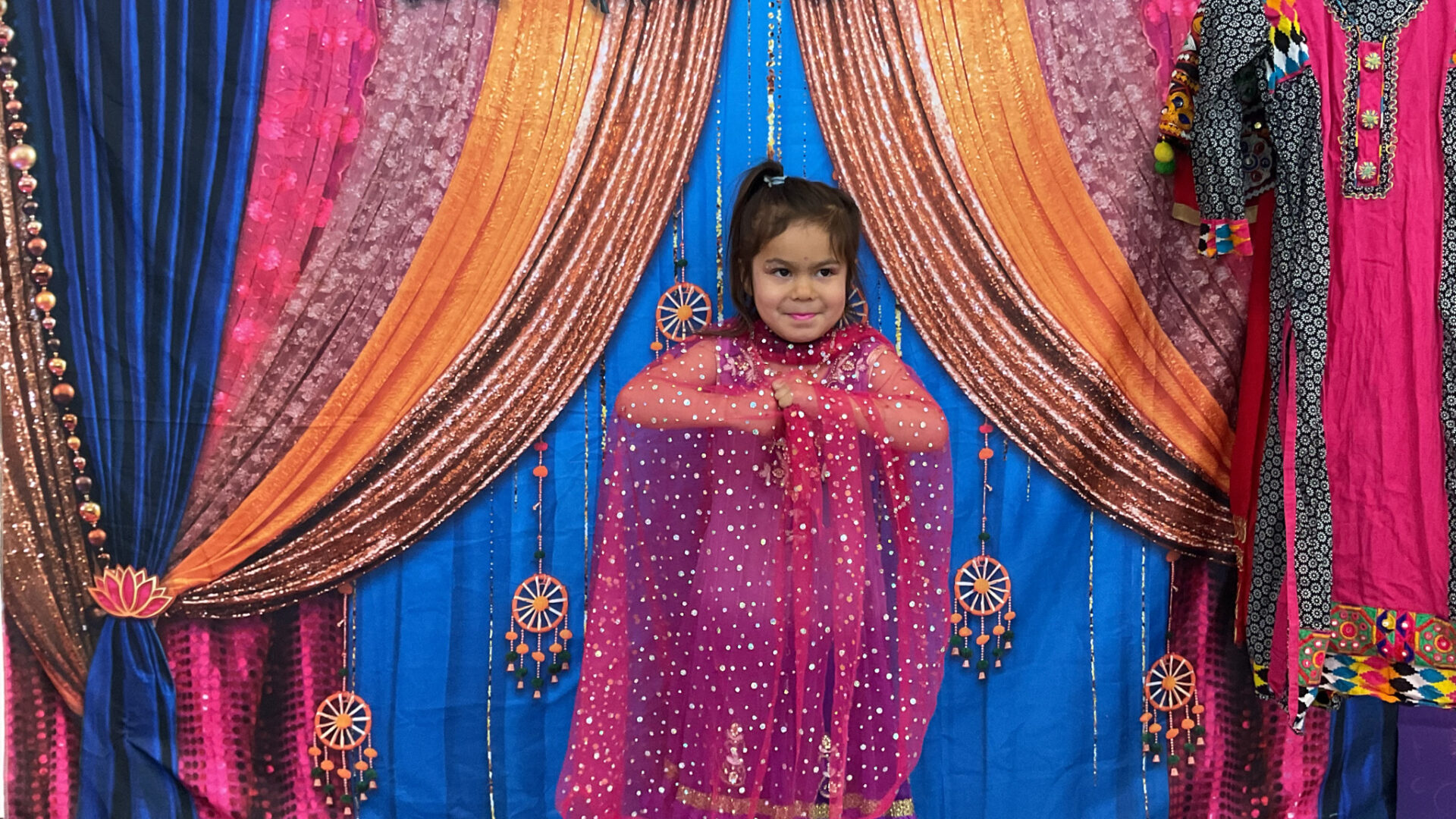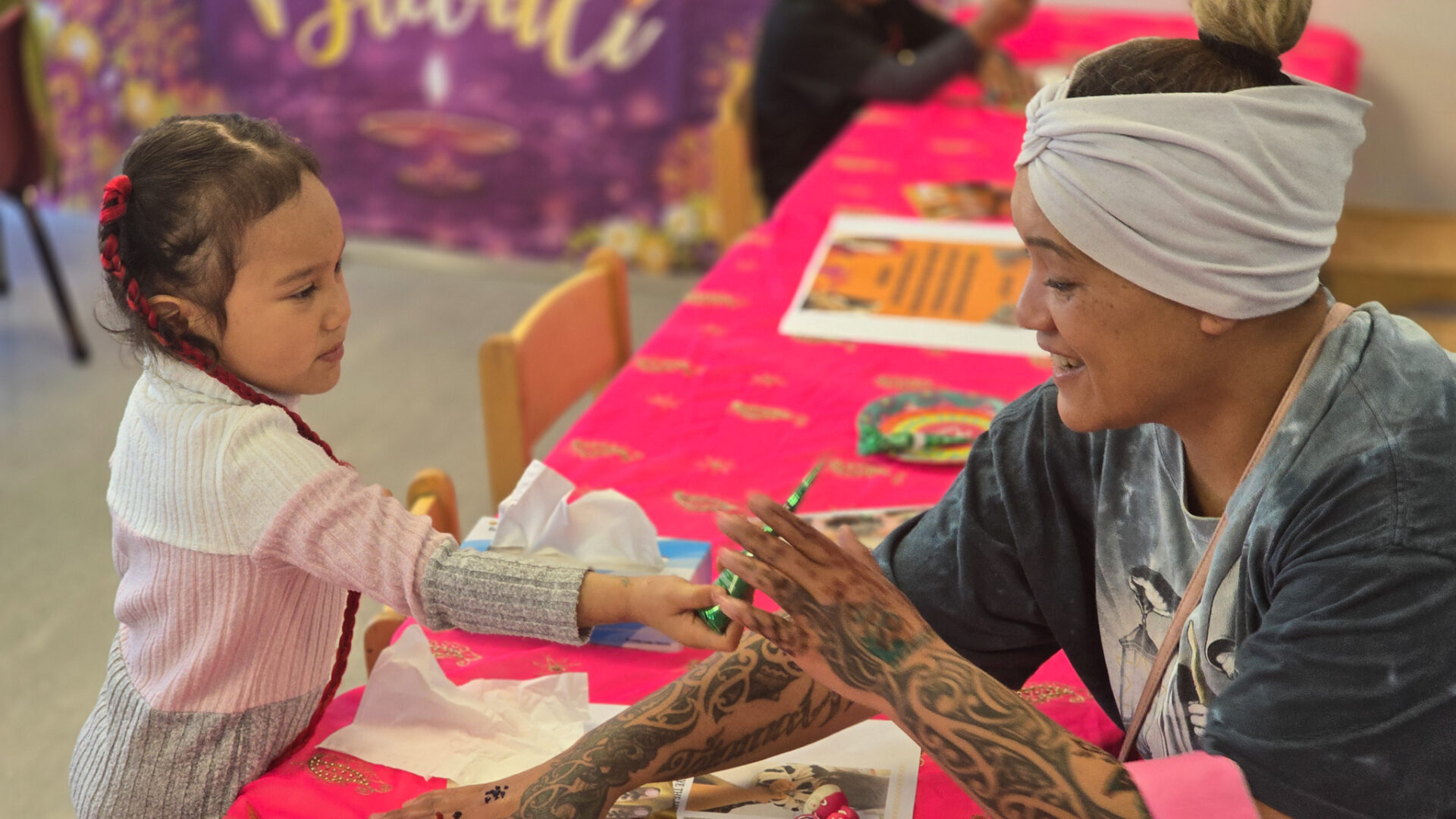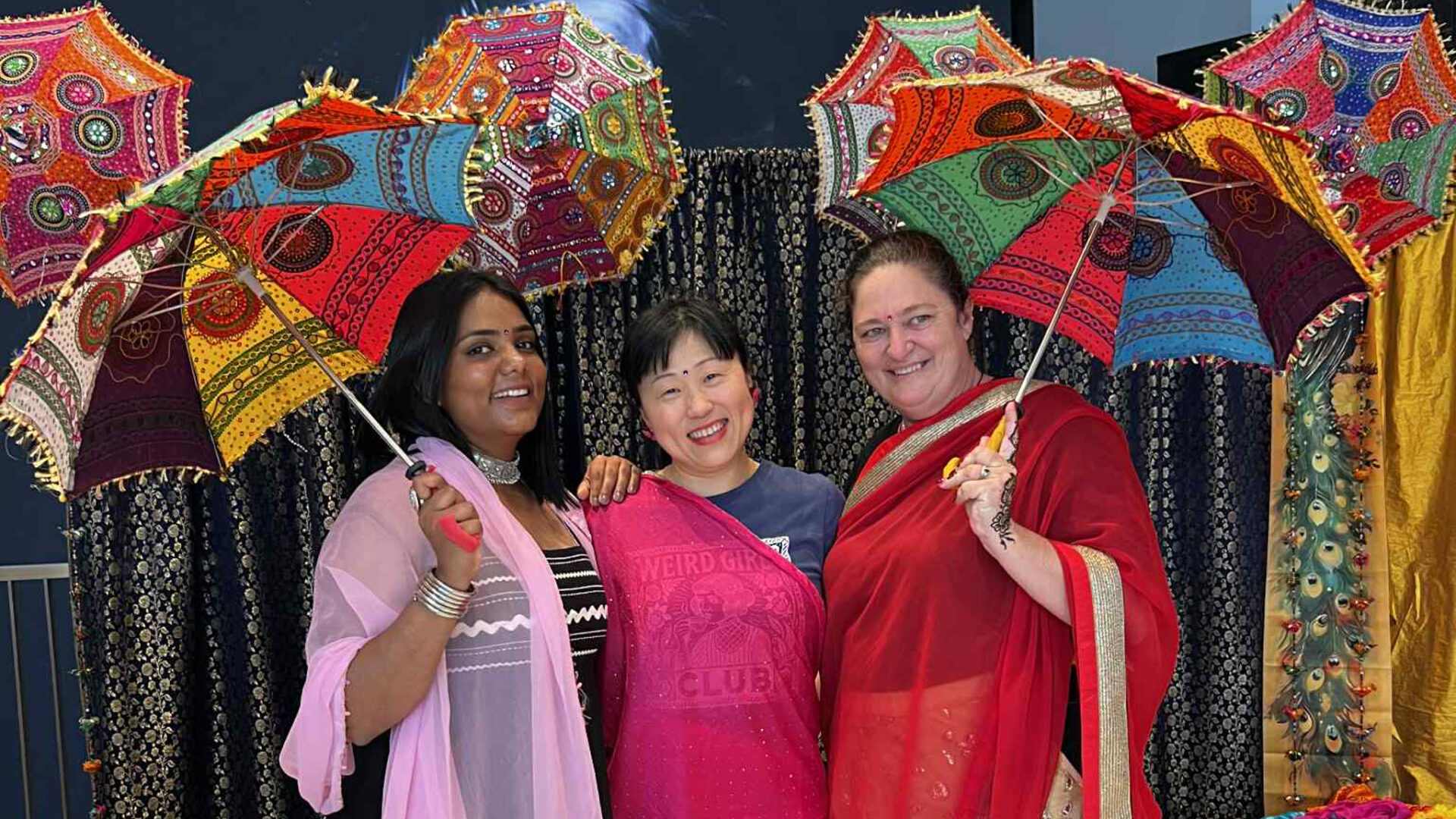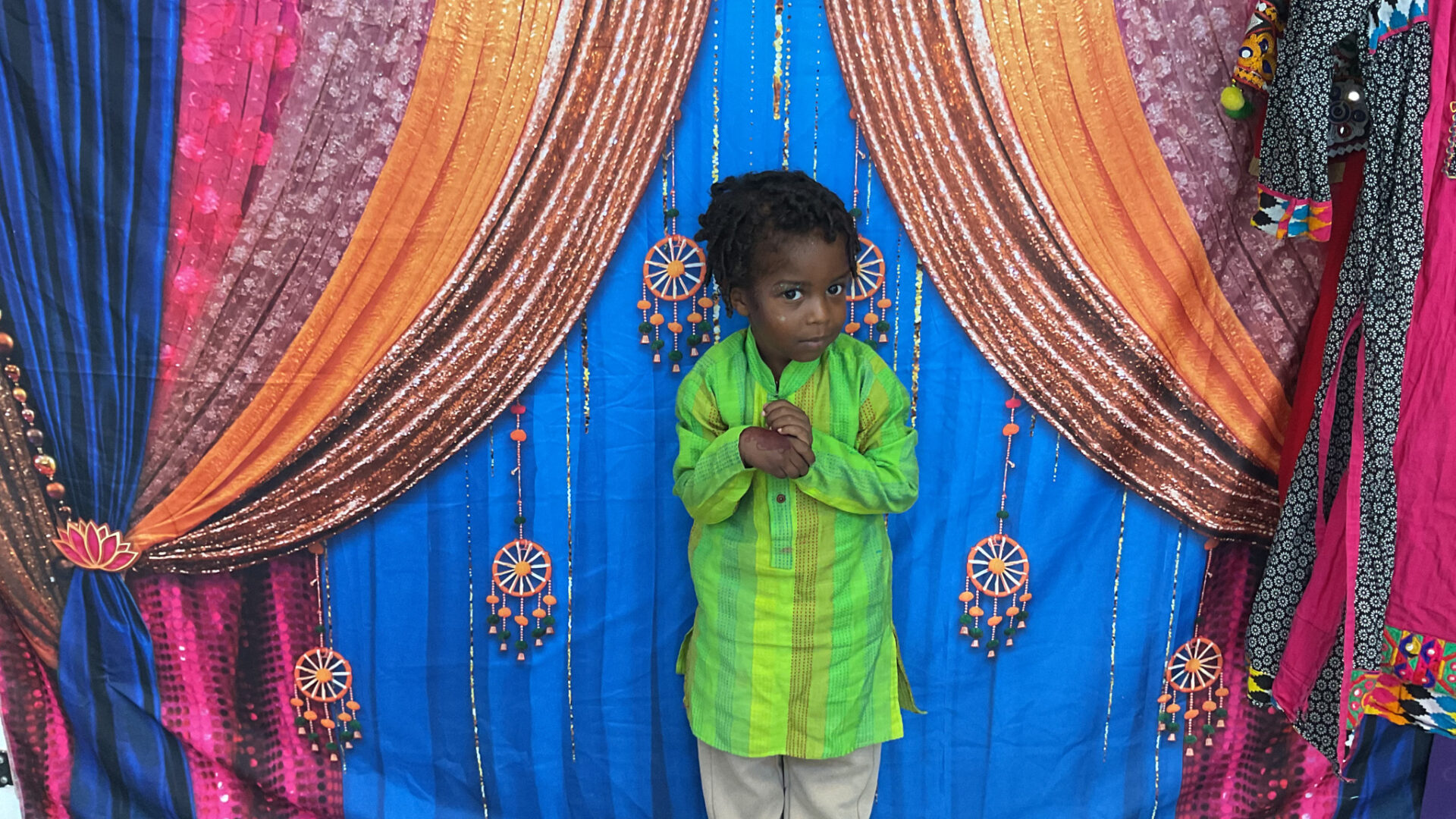What a vibrant and joy-filled week we had celebrating Diwali at Sylvia Park kindy! We are still buzzing from all the energy, colours, music, and laughter. Diwali, known as the Festival of Lights, is one of the most significant celebrations in India and is now celebrated widely around the world. It symbolises the triumph of light over darkness and good over evil, reminding us to bring light into our hearts and communities.
Stories and Dramatic Play
Throughout the week, we shared beautiful stories about Diwali, helping tamariki understand the meaning behind this special festival. We read the story of Rama and Sita, which tells of courage, love, and the ultimate victory of good over evil. The children listened with wide eyes as they heard how Rama and Sita returned to Ayodhya after defeating the demon king Ravana, and how the people lit rows of lamps to welcome them home—an act that inspired the tradition of lighting diyas during Diwali. To bring the story to life, tamariki participated in a small play, taking on roles of Rama, Sita, Lakshman, and even Ravana. They loved dressing up and acting out the scenes, using simple props and lots of imagination. This activity allowed them to explore storytelling, dramatic expression, and teamwork in a meaningful cultural context.
Exploring Diwali Through Creative Arts
The celebrations continued through art and sensory experiences. Children tried their hands at mehendi (henna), creating intricate designs on their hands using natural henna cones. We explored rangoli, using colourful powders to create vibrant patterns just like families do in India to decorate their doorsteps and invite good fortune. Children painted diyas, the small clay lamps that symbolise hope, knowledge, and inner light. They also created fireworks art, capturing the bright, celebratory skies of Diwali through colourful splashes and glitter.
Food is at the heart of any celebration, and Diwali is no exception. Tamariki had a hands-on experience making roti, a traditional Indian flatbread. They mixed wheat flour, water, and salt, kneaded it into dough, rolled it out with rolling pins, and cooked it on the pan. Sharing kai together gave everyone a real taste of Diwali.
Music, Dance, and Dress Ups
Our kindy was alive with Bollywood music and dancing all week. Tamariki dressed in traditional Indian outfits—flowy lehengas, sparkly kurtas, and colourful dupattas—and danced with joy. Indian clothes are vibrant and expressive, and the children loved showing off their outfits as part of the celebrations.
Whānau Involvement and Celebration
As the week went on, our celebration grew even bigger. Whānau joined in to celebrate with us, bringing a special sense of togetherness. They enjoyed doing henna, trying on cultural jewellery, and dressing up alongside their children. We had tables filled with bindi, bangles, necklaces, sparkles, and traditional accessories for everyone to explore. The joy on the children’s faces as they posed in their outfits was a highlight of the week. Our kaiako joined in too, dressing up and performing a special Bollywood dance for everyone. Whānau brought in Indian kai to share, turning the celebration into a true community feast. It was a week filled with connection, learning, and shared joy—a week our tamariki, kaiako, and whānau will remember for a long time.
Reflecting on the Festival of Lights
Diwali isn’t just a festival. It’s a reminder to nurture kindness, celebrate diversity, and shine our light together as a community. Through stories, arts, food, dance, and family involvement, tamariki experienced Diwali in a rich, meaningful way that connected culture, learning, and celebration.
“दीयों की रोशनी से सजे इस संसार में, हम सब मिलकर प्रेम और एकता का दीप जलाएं।”
(In the light of the lamps, may we all come together to light the flame of love and unity.)
“Tīaho te rama o te kotahitanga – Let the light of togetherness shine bright.”




